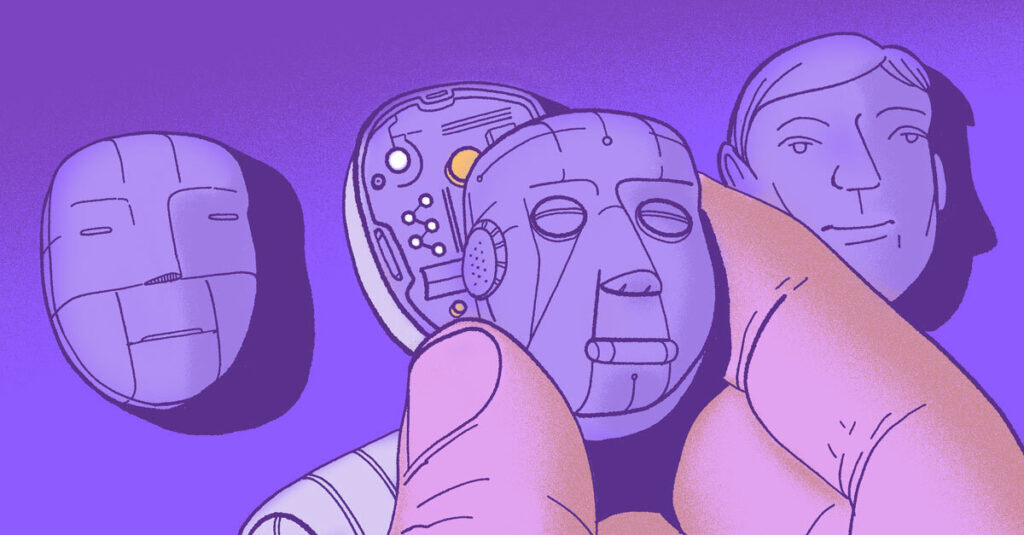Today, organizations across all industries have recognized the incredible potential of artificial intelligence. For example, a recent study from PwC found that over half of U.S. companies have ramped up AI efforts following the COVID-19 crisis. Organizations that fully embrace AI are able to increase operational efficiency, offer higher quality customer experiences, and innovate better products and services.
During the early stages of AI adoption, many companies don’t have the resources to build their own proprietary technology. That’s why some companies (including Unbabel) start out by training third-party models using their own data in order to leverage expert knowledge and benefit from other users.
As AI becomes a core component of a product, it often creates the need to invest in research for the company’s specific use case as they outgrow using generic solutions to maximize performance. But how do you take AI research and ideas and turn them into actual products that drive value for your company and customers?
To bridge that gap, we’ve developed a process that gives our researchers the space to study important challenges in our industry (such as quality estimation and machine translation evaluation), while also allowing a fast, fluid transition into the AI product and its production run. Let’s examine the steps for taking AI from research to “business as usual.”

Ideation and Research
When setting out a new AI project, the first question is, “What exactly should we be researching?” There will always be more exciting research opportunities than there is bandwidth to pursue them, so it’s essential to base decisions about research scope on data and product requirements.
Once you’ve chosen a research topic that will provide definite business value, it’s time to start thinking even further into the future by asking, “How will we execute a seamless handoff from research to AI product?” Making this jump can be difficult because researchers may not be concerned about how their algorithm will scale, how much memory it will use, how to fix it when it breaks, and other issues. These may seem like small details, but they can end up requiring costly and time-consuming software rewrites.
That’s why, even early in the process, you should embed your researchers in cross-functional teams that can help guide and inform the topic they are studying. These teams might include project managers, developers, engineers, and tech leads.
Validation and Piloting
This phase of the journey is where the results of your ideation and research are pressure-tested to find out if they achieve the desired outcomes. This is how you determine if you should move forward with production, conduct additional research, or drop the idea altogether.
If you decide to move forward, this is the point at which you should involve the product team to own the process of transitioning the research into the production pipeline. This will help avoid some of the existing hurdles, such as undocumented code or code that doesn’t follow engineering best practices.
Product validation should be done with real data. That means benchmarking your prototype against potential competitors wherever you’re able to do so. This will help you measure the time, resources, risks, and potential business impact associated with your AI product. It’s also wise to follow a production readiness review to ensure that all the necessary pieces are in place. If you determine that your AI technology is a good fit for your use case and will be able to create legitimate business value, you can proceed to piloting.
Pick one customer and roll out a pilot program to test your product. When choosing a customer for your pilot, think about which company best represents an urgent need for your solution. You might also consider their reputation and how a success story could help strengthen your brand within their industry. In addition to proving positive business impact, this stage is also used to evaluate the security of your product, plus your organization’s ability to provide the support needed to sustain its long-term use. It’s also a good idea to use this phase to identify critical user needs that can later be implemented as core features when your product goes to market.
Rollout and Business as Usual
Following a successful pilot, you can begin to design a product launch roadmap and delivery plan with dates and dependencies that can be tracked just like any other project. In the delivery plan, describe the tasks required to successfully launch your AI product in detail and break them down with clear requirements. Estimate the time for each and every task, and place them on a timeline to provide visibility for the entire team.
Once you launch your product, you can move into the “business as usual” phase where you will get ready to scale your new product using every part of the company. For these final steps, your research time comes to an end, since your product team should have acquired all of the knowledge they need to operate and scale the new AI product.
To be safe, the research and development teams should still create clear documentation to facilitate this final handover, describing exactly what the technology is and how it works. Once the original project owners from the idea and research phase have approved the transition, they are free to begin their next research project.
Repeatable processes lead to the best results
As you can see, AI development has many similarities to software and product development in other technology industries. It’s all about developing clear and repeatable processes that ensure a high-quality outcome. Plus, with the availability of powerful open-source AI and machine learning models, you don’t necessarily have to conduct resource-intensive research from scratch to create innovative products.
AI still holds so much untapped potential, and it stands to benefit our world in ways that haven’t been imagined yet. In a time when bringing AI into production is more achievable than ever before, we’re eager for more people to join us in using this technology to make the world a better place.












